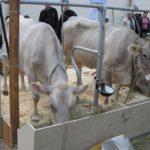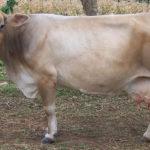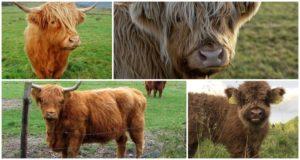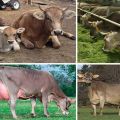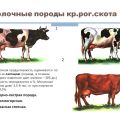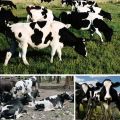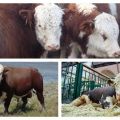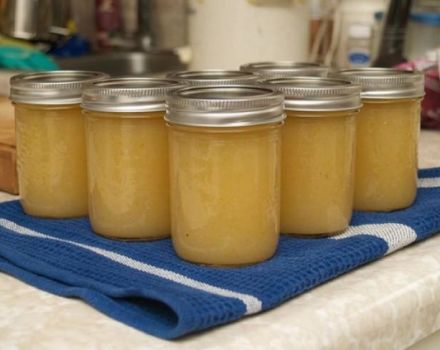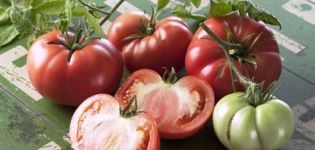Description and characteristics of the Kostroma breed of cows, conditions of detention
One of the best domestic cattle breeds for nearly 80 years has been the Kostroma dairy and meat breed of cows. Its main advantages are good milk yield, high content of fat and protein in milk, fast weight gain by young bulls, whose products are used for meat, high-quality leather, from which shoes are made. The Kostroma breed is unpretentious, but there are features in the content that are advisable to consider in more detail.
The history of the emergence of the breed
Breeding work on breeding cattle breeds (cattle) began in the 1920s, when breeding farms were created throughout the country. One of the leading was the breeding farm "Karavaevo" of the Kostroma region. At the height of the Great Patriotic War of 1941-1945, the country was faced with the need for food supplies for the front. The state leadership has set the task for scientists to accelerate the development of cattle breeds with a set of advantages: high meat and milk productivity, rapid weight gain in young animals, adaptability to the cold, and a high degree of offspring survival.
A group of scientists from the Karavayevo breeding farm, which included S. I. Shteiman, V. A. Shaumyan, N. A. Gorsky, selected the best representatives of local cattle, well adapted to the climatic conditions of Central Russia, and carried out work on crossing it with the Algauz , Swiss, Kostroma Miscan and Babayevsky breeds.
As a result, in 1944, a line was obtained with a stable fixation of positive properties at the gene level. It was named Kostromskaya. In 1945, the breed was officially registered and recommended for breeding in the Kostroma, Yaroslavl, Ivanovo regions, as well as in Belarus.
Specifications
The description of the breed is given in terms of external features (exterior) and productive qualities. Let's consider them in more detail.
Appearance
Cattle of the Kostroma breed are distinguished by a strong body constitution. The direction of production of dairy and meat products. Exterior standards of the Kostroma breed are given in the table.
| Exterior indicator | Description |
| 1) Weight of a cow Bull weight | medium - 600 kg, maximum - 850 kg; medium - 1200 kg, maximum - 1500 kg. |
| 2) Coat color | Gray, fawn, dark gray, gray-brown |
| 3) body shape | Elongated |
| 4) Back | Wide, strong |
| 5) Chest | Powerful, well developed |
| 6) Head | Medium, small forehead, a tousled tuft of fur on the forehead |
| 7) Udder | Large size, regular cup-shaped, cylindrical lobes, nipples at the same distance from each other |
| 8) Legs | Middle length |
Animals of the Kostroma breed are resistant to all major diseases, almost do not suffer from leukemia, and tolerate the weather conditions of central Russia well.
Productivity
Cows of the Kostroma breed give, on average, up to 5 thousand liters of milk per year. The maximum achieved milk productivity was 16 thousand liters of milk per year. The fat content of milk is 3.8-4 percent, the protein content is 3.3-4.0 percent. Milk productivity is maintained up to 20-22 years of age. Meat productivity is the yield of meat at slaughter at the level of 60-70 percent. At the age of 6 months, the average weight of bulls is 170 kilograms, at 1 year 6 months - 500 kilograms.
Main pros and cons
The Kostroma breed has substantially more advantages than disadvantages. The breed is suitable for small and medium-sized farms.
Maintenance and care
When keeping the Kostroma breed, the crowded presence of cattle should not be allowed. In small farms, it is advisable to keep animals loose.
Summer playground
In the summertime, cattle are driven out to natural pastures. For the Kostroma breed, it is important to observe the feeding and watering regime. A water hole is arranged approximately in the middle of the pasture. The breed tolerates the transition from one type of feeding to another without causing digestive problems. However, it is recommended to gradually reduce the walking time in the fall.
On large farms, an outdoor area is organized for animals, on the south side of the farm building. The area of the summer area is calculated based on the standard for keeping cows - 8 square meters per head. Part of the site should be under a canopy from the summer heat. Drinking bowls are made of material that is easy to clean. The site provides for a slope towards the pipe for collection and drainage of wastewater to the sump.

Room arrangement
It is advisable to make farm buildings or cowsheds made of brick or of new materials, for example, sandwich panels. Since the breed is cold-resistant, heating of the farms can be omitted, but in the design it is provided in case of a frosty winter. According to the standards of keeping, dairy cows need an area of 1.72 to 2.3 square meters.
Straw, sawdust or peat are used as bedding. The litter is changed daily. The amount of straw for bedding is 5 kg per animal per day.
Conditions of detention
The temperature in the barn in the winter should not drop below 10 degrees Celsius. The optimum relative humidity is no higher than 75%, otherwise outbreaks of viral diseases are possible. In addition, when keeping cows, it is important to observe the air circulation rate in the house:
- in spring, winter and autumn - 0.5 meters per second;
- in summer - 1.0 meters per second.
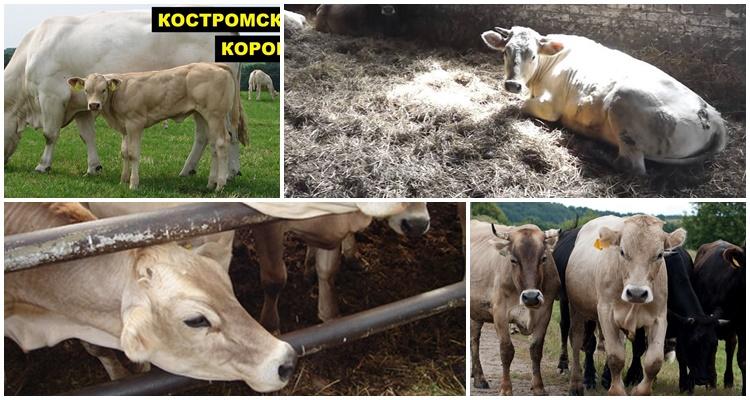
On large farms, it is important to monitor the concentration of toxic gases in the barn: carbon dioxide - no more than 0.2 percent, ammonia - no more than 10 milligrams in one cubic meter of air, traces of hydrogen sulfide are permissible.
Regular cleaning of the stall and equipment
To avoid the development of infections, the floor in the stalls is cleaned daily with the help of scraper equipment, it is possible to flush the manure with a powerful jet of water into a special ditch - the manure receiver. On small farms, the litter is cleaned out with shovels, with the help of wheelbarrows it is taken to a special site for storing manure. New bedding is laid out. Drinkers and feeders are washed daily with laundry soap.
What is the specificity of feeding?
In summer, animals need succulent grass, they get it with free grazing. In winter, the main part of the feed is coarse bulk feed: hay of legumes or cereal-leguminous grasses. Vegetables are added to the feed: boiled potatoes, fodder beets, pumpkin, carrots.
Are there any difficulties in breeding?
Heifers should not be allowed to mate before 15 months of age. The first calves in heifers should appear no earlier than 2 years of age, otherwise their milk yield will not be high. Heifers are born with a weight of 28-33 kilograms, bulls - 25-30 kilograms.
Diseases and prevention
Vaccines have been developed against dangerous diseases such as foot and mouth disease, anthrax, rabies, which can be transmitted to humans. Vaccinations are mandatory, according to the generally accepted calendar. Other diseases that can occur when keeping cows are diagnosed on the basis of tests. Each cow must have a passport of vaccinations and registration of the transferred diseases.
The breeding farm "Karavaevo" is working with 14 breeding lines - improvements to the Kostroma breed. New hereditary lines of KTSK cows are promising for breeding - salad KTSK 83, Karo KTSK 101, strongman KTSK 84. Kostroma cows themselves do not lose popularity for keeping in rural areas, according to reviews, their milk is the most delicious.







